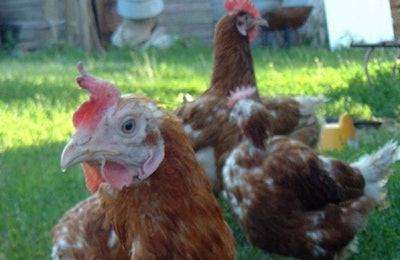
Among Asian and African countries, only Vietnam has reported any new outbreaks of highly pathogenic avian influenza (HPAI) in the last week to the global animal health agency, the World Organisation for Animal Health (OIE).
More than one quarter of the layer population in South Korea has been lost to the disease in just six months.
New HPAI outbreaks in Vietnam
According to the ministry of agriculture and rural development’s latest reports to the OIE, there have been two confirmed outbreaks of HPAI caused by the H5N1 virus in Vietnam in the last week. These occurred in what are described as “backyard” flocks in the northeastern province of Cao Bang, and in Dak Lak in central Vietnam. In total, almost 2,500 birds died or were destroyed as a result of the disease.
With the last HPAI outbreak caused by the H5N6 virus one month ago, the ministry in Hanoi has informed the OIE that this disease situation is “resolved.” Since mid-February, there have been five confirmed outbreaks caused by this virus variant.
The veterinary authority in the central African state of Cameroon has reported no new outbreaks of H5N1 HPAI in its latest weekly report to the OIE. The first outbreaks in that country occurred one year ago.
South Korean egg sector counts the cost of avian flu
In South Korea, more than 37.8 million poultry have been culled to control the spread of HPAI, which first hit the country in November last year, reports the Yonhap news agency. Included in this figure are 25.2 million hens, bringing the country’s population of egg-layers down by more than 26 percent to 51.6 million, as of March 1.

















